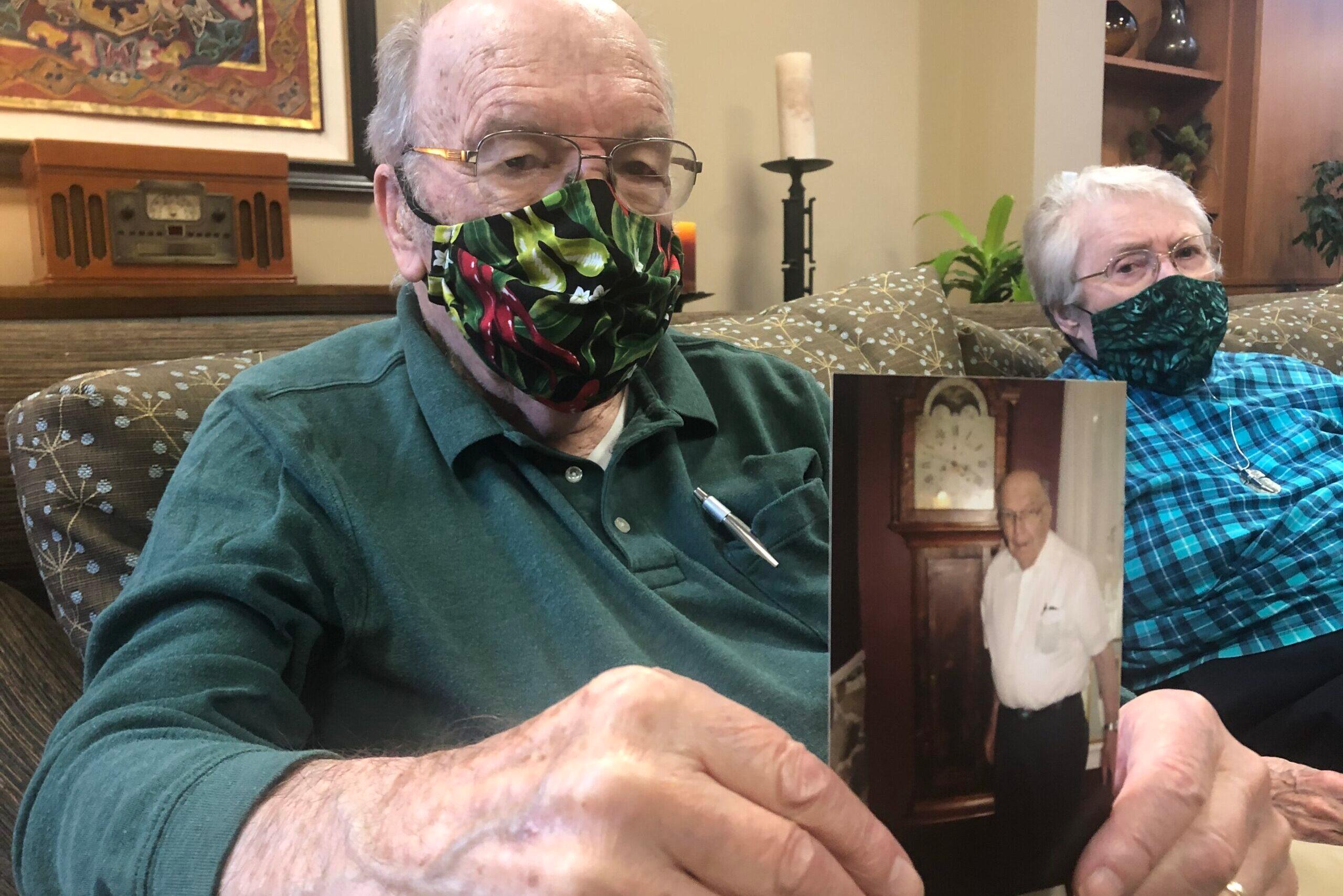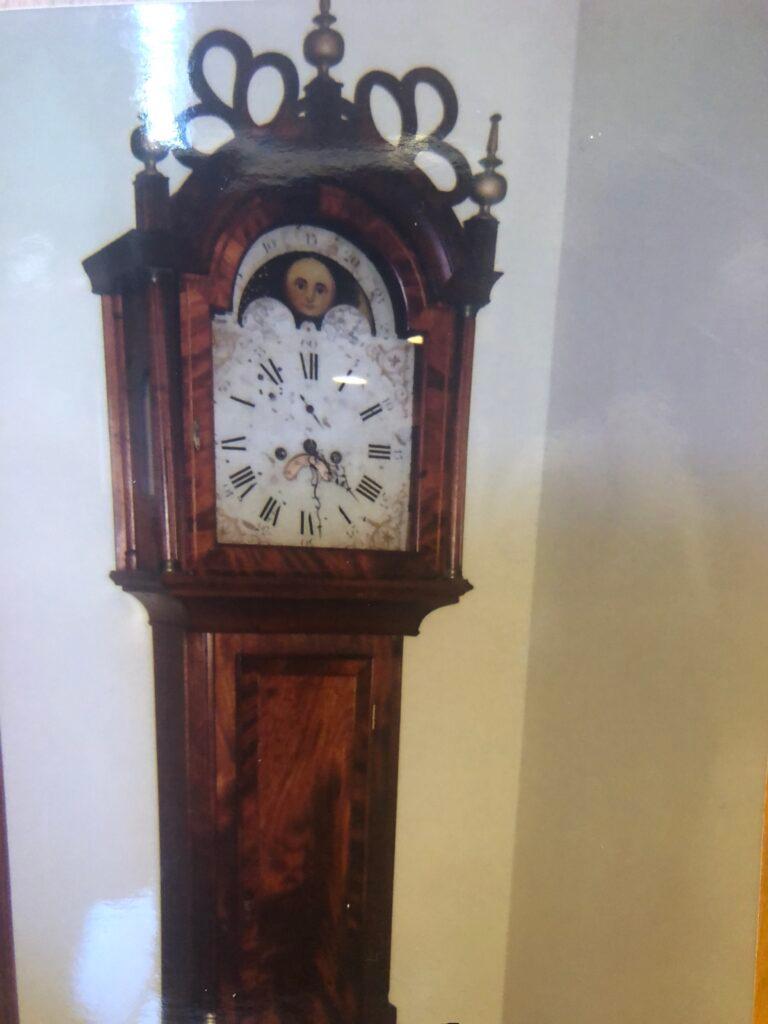
“My Grandfather’s Clock,” is, actually, Dan Parker’s family clock.
If you sat in any elementary school classroom in the U.S. over the last century or more there’s a good chance you sang or heard the rhythmic beat of a song about, yes, that grandfather clock.
"My grandfather's clock was too large for the shelf
So it stood ninety years on the floor
It was taller by half than the old man himself
Though it weighed not a pennyweight more
It was bought on the morn of the day that he was born
And was always his treasure and pride
But it stopped, short never to go again
When the old man died..."
That very clock sat in Dan Parker’s grandfather’s home in Massachusetts when Parker, now retired and living at the Holly Creek retirement community in Centennial, was growing up.

“The first time I was aware of it I was about 5 years old or so,” Parker said. “We lived on the second floor of the farmhouse and my grandparents were on — the clock lived on the first floor. I'd hear it strike and that didn't bother me any. But then the first time I saw it I was about, oh, I don't know, but maybe 36, 40 inches tall … I had to just about bend back over to see the top.”
The song was written in 1876 by a well-known composer named Henry Clay Work, who was married to Parker’s second-great aunt. Counting back from then and noting the song’s lyric “it stood 90 years on the floor,” Parker figures the clock was built sometime in the early 1790s.
The earliest known recording was by the Haydn Quartet.
There were many others, including this one from Burl Ives. (For reference, Ives narrated the 1964 TV special “Rudolph the Red-Nosed Reindeer.”)
By family tradition the clock would have passed down to Parker but he was living in Colorado by then and didn’t want to risk it in a cross-country move or subject it to the dry Rocky Mountain air. The clock’s now at a relative’s house in Massachusetts.
“My Grandfather’s Clock” doesn’t just resonate in the United States. It’s got a big audience overseas, including in Japan where schoolchildren sing it to learn English. Japanese pop star Ken Hirai recorded it twice in the U.S., once in composer Work’s hometown. The record he made there sold 400,000 copies.
That drew the attention of his record producer, so Hirai returned with a film crew and recorded a version in front of the clock. It was beamed back to Japan for a New Year’s celebration.
The clock drew interest from the Smithsonian for awhile but that faded after what had to be a one-in-a-million accident. The clock was in its usual spot in the family home when a car outside missed a curve and barreled into the house.
“It destroyed the case but it didn't damage the works. And it didn't even break the finials on the top, but it shattered the case,” Parker recounted.
“The pendulum went across the room, through the wall, right across the bedroom where my parents were sleeping and below the bed and lodged in the outside wall of the house.”
A cabinetmaker picked up the pieces and put it all back together.









